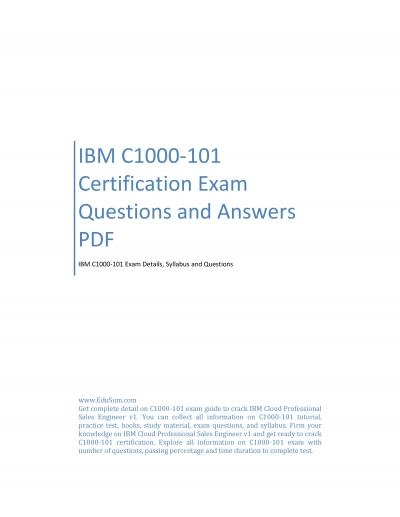PPT-Prescription Writing 101
Author : liane-varnes | Published Date : 2016-05-14
Gail Feinberg DO FACOFP October 2009 Objectives Understand what makes a prescription Intro to Latin abbreviations Intro to DEA Practice writing prescriptions The
Presentation Embed Code
Download Presentation
Download Presentation The PPT/PDF document "Prescription Writing 101" is the property of its rightful owner. Permission is granted to download and print the materials on this website for personal, non-commercial use only, and to display it on your personal computer provided you do not modify the materials and that you retain all copyright notices contained in the materials. By downloading content from our website, you accept the terms of this agreement.
Prescription Writing 101: Transcript
Download Rules Of Document
"Prescription Writing 101"The content belongs to its owner. You may download and print it for personal use, without modification, and keep all copyright notices. By downloading, you agree to these terms.
Related Documents

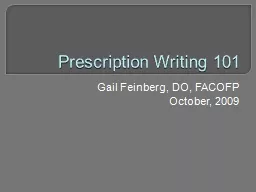
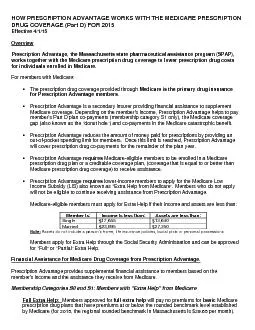


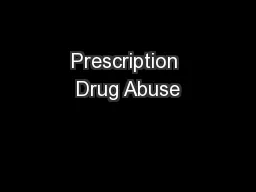
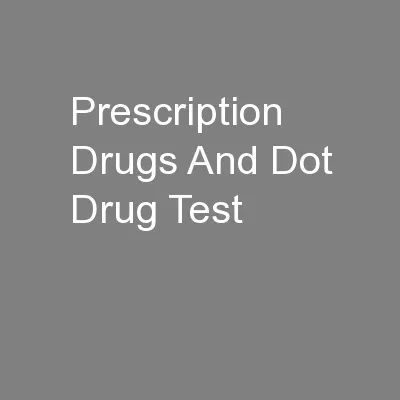

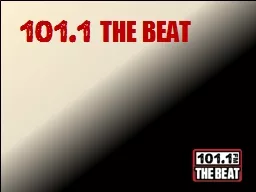
![[DOWNLOAD] - 101 Story Starters for Little Kids: Illustrated Writing Prompts to Kick](https://thumbs.docslides.com/901051/download-101-story-starters-for-little-kids-illustrated-writing-prompts-to-kick-your-imagination-into-high-gear-story-starters-fo.jpg)
![[EBOOK] - 180 Days of Writing for Fourth Grade - An Easy-to-Use Fourth Grade Writing](https://thumbs.docslides.com/901130/ebook-180-days-of-writing-for-fourth-grade-an-easy-to-use-fourth-grade-writing-workbook-to-practice-and-improve-writing-skills.jpg)



